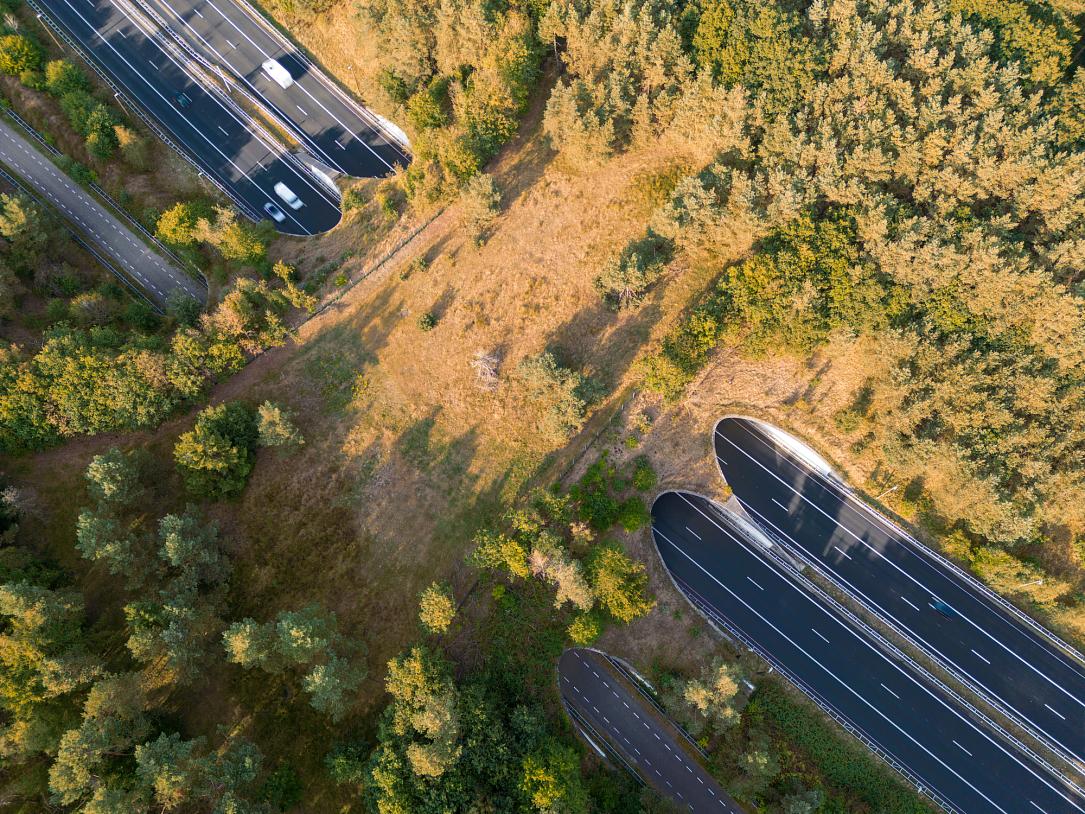Romania’s Sibiu-Pitești highway to feature largest ecoduct in the country



The builders of Romania’s important A1 Sibiu – Pitești highway are set to start the construction of a bridge over 300 meters long and at least 100 meters wide, allowing the animals of the Southern Carpathians to cross from one side to the other.
The investment will pay off as a corridor for large mammals is also beneficial for people, according to Ionuț Ciurea, executive director of the Pro Infrastructure Association (API), one of the most active civic organizations monitoring major infrastructure projects in the country.
"DN7, as it is now, heavily trafficked, especially by heavy vehicles, is not, technically speaking, permeable. It acts as a barrier for animals that cannot cross from one side to the other over the Olt Valley. Traffic is the main obstacle; animals are frightened and avoid the area due to noise and traffic. In this part of the Southern Carpathians, ecological corridors for large mammals are effectively interrupted," says Ciurea.
That is set to change with the new ecoduct. Construction work on the mountainous sections of the A1 Sibiu – Pitești highway began this year. The ecoduct will be built near the town of Cornetu, where the A1 highway to Sibiu will enter the Olt Valley between the mountains, approximately at km 45+300.
The ecoduct will have a minimum width of 100 meters, making it the widest bridge ever built in Romania. It is so large because it is designed to facilitate the crossing of three obstacles: DN7, the CF201 railway line, and the Olt River, ensuring the necessary clearances, according to the National Roads Company (CNAIR) in response to HotNews.ro.
The ecoduct is part of the contract for Section 3 (37.4 km) of the A1 Sibiu – Pitești highway, signed in 2022 with the Italian company WeBuild for approximately RON 5.3 billion (EUR 1.08 billion). "The proposed solution is intended to be the best crossing option for wildlife within the ecological corridor, allowing them to move freely without interacting with one or more of the previously mentioned physical barriers," CNAIR explained to HotNews.
Construction is scheduled to begin at the end of June 2025, with completion expected in early 2027.
radu@romania-insider.com
(Photo source: Robin Dessens | Dreamstime.com)